A drawdown facility is a type of loan that enables you to continually take out further advances with little formality in a fast and hassle-free manner. They are non-static business loans that allow for flexibility. A ‘drawdown’ is a concept in finance that allows for access to a credit line over a period of time. There are various forms and structures of this arrangement that can differ from lender to lender.
A drawdown loan allows you to borrow a loan in sections, This gives you the benefit of continually taking out parts of the loan, for exactly how much you need, when you need it. This stops you from borrowing a large amount of money that you do not need and, therefore, ensures you are not paying back unnecessary interest.
As a borrower, a drawdown facility means that you have access to future parts of the loan, without having to fill out additional paperwork, providing reassurance that a loan is there if you need it. A drawdown facility does come in varying forms, read on to find out more.
Overdraft:
An overdraft is possibly the most common form of lending that is used to ease short-term cash flow issues. An overdraft lets you borrow extra money through your current account. If you have no money left in your account but keep spending, this will take you into your overdraft. For example, if you spend £150, you are now at -£150.
With an overdraft, you can borrow money from a lender as part of your bank account. If your bank account goes below zero, you can borrow money automatically as an extension of your bank account. The bank will automatically cover payments that may otherwise be rejected and will allow a customer to continue to pay bills even if there is insufficient money. You pay interest on the outstanding balance of the overdraft loan.
An overdraft is a form of debt that is repayable on demand. You will agree to an overdraft limit with your bank or lender, and this is known as an arranged overdraft. Because you can automatically withdraw the money without having to fill out any loan applications, an overdraft is a drawdown facility.
Revolving credit facility:
A revolving credit facility (RCF) is a loan facility that enables you to withdraw money, use it, repay it, and then withdraw more money. As the name suggests, it is a ‘revolving’ loan that allows for flexible use and repayment. You will agree with your lender to a funding limit so that, prior to this limit, you can access the loan flexibly, whenever you may need it. In a sense, you borrow from a pre-agreed pot, which ensures that you can loan money with very little hassle.
They have proven to be a popular loan product based on how flexible they are. It does not have a fixed number of payments, and it is therefore a simple line of credit provided to a business by a lender. The credit has a fixed maximum amount, and the business is free to use, draw from, and pay back the money whenever it needs it.
The primary benefit of a drawdown facility such as a revolving credit facility is its flexibility, as the loan is tailored to your own schedule. The funds replenish as you make the repayments, which is why they are revolving. The rolling agreement between the bank and the business guarantees you access to the facility for a period of usually 12 months. Funds are readily available with an RCF, and like an overdraft, it should be seen as a short-term cash-flow gap.
FIBR, and iwoca, are some lenders who offer some great revolving credit facilities.
Flexi access drawdown:
A Flexi-access drawdown is a drawdown facility that is specifically for pensions. It allows you to access your pension savings while simultaneously reinvesting funds whenever you need them. This offers a hassle-free way to unlock cash from your pension. Flexi-access allows you to take usually up to 25% of your pension tax-free. You then move the rest into funds that allow you to take taxable income at a time that suits you. Increasing numbers of people are using this as a regular source of income. You agree to a set income that you want for an agreed period of time.
You are also given the option to move your pension pot gradually into an income drawdown, which will allow you to take up to a quarter of each amount you move from your tax fee pot and place it into your income drawdown.
A drawdown facility is a loan that allows you to quickly and easily take out additional advances in the future with little or no paperwork involved. They’re flexible, non-static business loans. Drawdown is a term used in finance to describe a period of time during which a credit line can be accessed. By drawing down on your mortgage, you mean using the funds provided by the lender to make a down payment on your new home. This term is commonly used by lenders to describe when your loan is actually paid back to you, typically at the time of the property’s settlement.
During the course of a construction loan, the money is drawn down in installments as the project progresses. After you’ve made your down payment and signed the contract to become the new owner, settlement day usually occurs. On this day, your lawyer will work with the seller’s lawyer and your lender to get the remaining funds from your loan drawn down to pay the seller.
Funding Bay simplifies and explains drawdown facilities, and we can set up a consultation for you if you’re feeling overwhelmed.
To find out more about drawdown facilities, and which is best for you, get in contact with the team at Funding Bay to organise a consultation.



